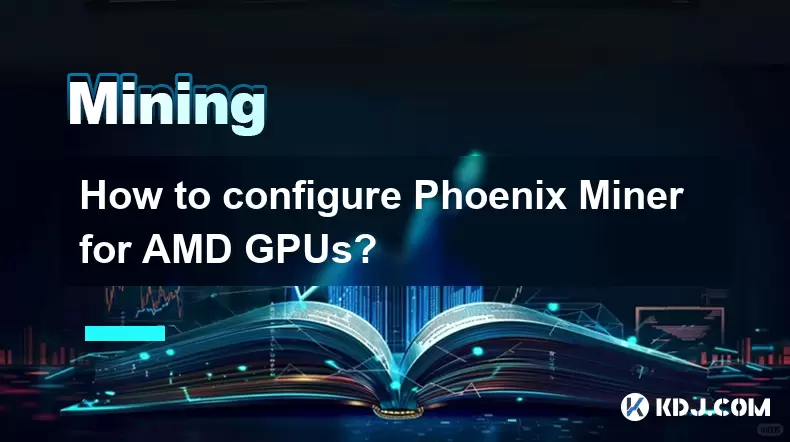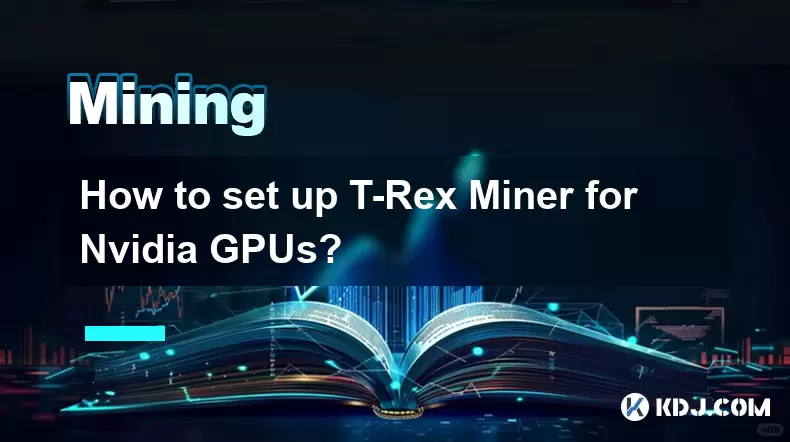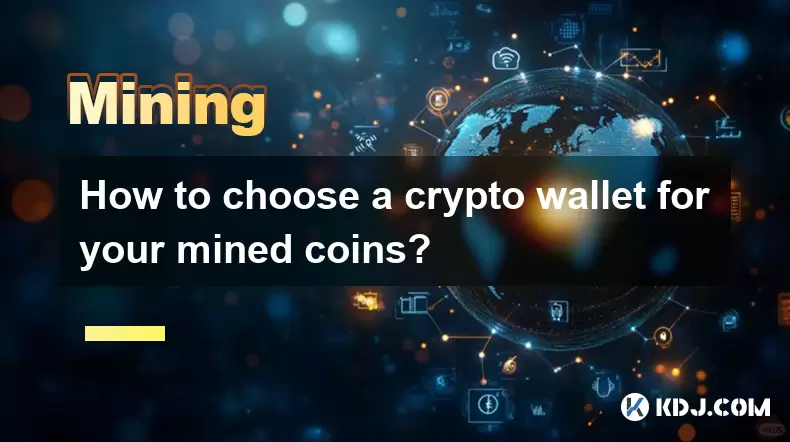-
 Bitcoin
Bitcoin $117700
-1.00% -
 Ethereum
Ethereum $4458
-3.91% -
 XRP
XRP $3.119
0.14% -
 Tether USDt
Tether USDt $1.001
-0.02% -
 BNB
BNB $836.6
-1.56% -
 Solana
Solana $189.5
-3.90% -
 USDC
USDC $0.9998
-0.02% -
 Dogecoin
Dogecoin $0.2335
1.29% -
 Cardano
Cardano $0.9642
1.51% -
 TRON
TRON $0.3539
-1.19% -
 Hyperliquid
Hyperliquid $47.41
-1.84% -
 Chainlink
Chainlink $21.92
-3.28% -
 Stellar
Stellar $0.4286
-0.23% -
 Sui
Sui $3.724
-3.29% -
 Bitcoin Cash
Bitcoin Cash $594.8
-0.78% -
 Ethena USDe
Ethena USDe $1.001
0.04% -
 Hedera
Hedera $0.2501
-2.06% -
 Avalanche
Avalanche $23.96
-4.87% -
 Litecoin
Litecoin $119.0
-2.32% -
 Toncoin
Toncoin $3.473
0.82% -
 UNUS SED LEO
UNUS SED LEO $9.596
0.17% -
 Shiba Inu
Shiba Inu $0.00001301
-0.39% -
 Uniswap
Uniswap $11.03
-0.25% -
 Polkadot
Polkadot $3.935
-2.62% -
 Dai
Dai $1.000
0.01% -
 Bitget Token
Bitget Token $4.564
-1.76% -
 Cronos
Cronos $0.1512
-4.11% -
 Ethena
Ethena $0.7306
-1.09% -
 Pepe
Pepe $0.00001087
-2.68% -
 Aave
Aave $300.2
-4.00%
Bitcoin Mining Tutorial
To begin Bitcoin mining, you need specialized hardware known as an ASIC miner, which is designed specifically for Bitcoin mining and is far more efficient than general-purpose CPUs or GPUs.
Jan 10, 2025 at 07:39 am

Bitcoin Mining Tutorial
Key Points:
- Hardware Requirements for Bitcoin Mining
- Joining a Mining Pool
- Setting Up Mining Software
- Monitoring Mining Performance
- Troubleshooting Common Mining Problems
Step 1: Hardware Requirements for Bitcoin Mining
To mine Bitcoin, you need specialized hardware known as an ASIC (Application-Specific Integrated Circuit) miner. ASICs are designed specifically for Bitcoin mining and are far more efficient than general-purpose CPUs or GPUs.
When choosing an ASIC miner, consider its hashrate, power consumption, and cooling efficiency. Aim for a miner with a high hashrate and low power consumption. You may need additional hardware, such as a power supply and cooling system, depending on the miner's specifications.
Step 2: Joining a Mining Pool
Solo mining is highly unlikely to be profitable unless you have a massive mining operation. Instead, join a mining pool, which combines the hashrate of multiple miners to increase the chances of finding a block.
There are numerous mining pools available, each with its own fees and policies. Choose a pool with a reliable track record, low fees, and a large member base. To join a pool, sign up for an account and configure your mining software with the pool's server address.
Step 3: Setting Up Mining Software
Once you've joined a pool, you need to download and install mining software. This software will interface with the Bitcoin network, manage your mining hardware, and send shares to the pool.
Select a reputable mining software that is compatible with your hardware and operating system. Once installed, configure the software with your pool's settings, your Bitcoin wallet address, and any other necessary parameters.
Step 4: Monitoring Mining Performance
To maximize your profitability, it's crucial to monitor your mining performance regularly. Most mining software provides real-time statistics, such as hashrate, temperature, and power consumption.
Keep an eye on these metrics to ensure your miner is operating efficiently. If you notice a decline in performance, adjust your settings or contact your mining pool for assistance.
Step 5: Troubleshooting Common Mining Problems
Mining hardware and software can encounter various issues. Here are some common problems and their potential solutions:
- High temperature: Adjust your cooling system or install additional fans.
- Unstable connection: Check your internet connection and ensure your miner has a stable IP address.
- Software errors: Reinstall the mining software or update to the latest version.
- Low hashrate: Verify your hardware settings and ensure your miner is running at optimal capacity.
FAQs:
- Can I mine Bitcoin with my computer?
Yes, but it's not recommended. General-purpose CPUs and GPUs have much lower hashrates than ASIC miners and are not profitable for Bitcoin mining.
- How much does it cost to mine Bitcoin?
Mining costs vary depending on the hardware, electricity costs, and other factors. Estimate your expenses carefully before investing in mining equipment.
- What's the best mining pool to join?
It depends on your location, fees, and other preferences. Research different pools and choose one that suits your needs.
- Is Bitcoin mining still profitable?
Profitability fluctuates with Bitcoin prices and mining difficulty. Use mining calculators to estimate your potential earnings before starting.
- How long does it take to mine a Bitcoin?
On average, it takes approximately 10 minutes to mine a Bitcoin. However, this varies depending on the hashrate and luck involved.
Disclaimer:info@kdj.com
The information provided is not trading advice. kdj.com does not assume any responsibility for any investments made based on the information provided in this article. Cryptocurrencies are highly volatile and it is highly recommended that you invest with caution after thorough research!
If you believe that the content used on this website infringes your copyright, please contact us immediately (info@kdj.com) and we will delete it promptly.
- Kazakhstan's Crypto Leap: Bitcoin ETF and Central Asia's Digital Finance Future
- 2025-08-13 12:45:19
- BlockDAG Presale Blazes Past $371M: Fundraising Frenzy Fuels Crypto Sensation
- 2025-08-13 13:05:21
- Meme Coins: Chasing the 2025 Surge – Which Will Moonshot?
- 2025-08-13 10:25:23
- Bitcoin's Wild Ride: Rally, Pullback, and What's Next
- 2025-08-13 10:25:23
- Bitcoin, Bitmax, and Institutional Demand: A New Era of Crypto Investment
- 2025-08-13 10:45:12
- Solana, ROAM, and Airdrops: What's the Buzz in 2025?
- 2025-08-13 11:35:13
Related knowledge

How to configure Phoenix Miner for AMD GPUs?
Aug 11,2025 at 03:21am
Understanding Phoenix Miner and Its Compatibility with AMD GPUsPhoenix Miner is a lightweight, high-performance Ethereum mining software designed for ...

How to set up T-Rex Miner for Nvidia GPUs?
Aug 10,2025 at 12:07am
Understanding T-Rex Miner and Its Compatibility with Nvidia GPUsT-Rex Miner is a high-performance mining software designed specifically for Nvidia GPU...

What is "proof-of-work" and how does it relate to mining?
Aug 07,2025 at 02:03pm
Understanding the Concept of Proof-of-WorkProof-of-work (PoW) is a consensus mechanism used in blockchain networks to validate transactions and secure...

How to choose a crypto wallet for your mined coins?
Aug 13,2025 at 11:36am
Understanding the Types of Crypto Wallets for Mined CoinsWhen selecting a crypto wallet for your mined coins, the first step is to understand the diff...

What are the differences between mining on Windows vs. Linux?
Aug 06,2025 at 11:29pm
Overview of Cryptocurrency Mining PlatformsCryptocurrency mining involves using computational power to solve complex cryptographic puzzles and validat...

How to use an old computer for cryptocurrency mining?
Aug 07,2025 at 12:42pm
Understanding the Feasibility of Using an Old Computer for MiningUsing an old computer for cryptocurrency mining may seem outdated, but it is still te...

How to configure Phoenix Miner for AMD GPUs?
Aug 11,2025 at 03:21am
Understanding Phoenix Miner and Its Compatibility with AMD GPUsPhoenix Miner is a lightweight, high-performance Ethereum mining software designed for ...

How to set up T-Rex Miner for Nvidia GPUs?
Aug 10,2025 at 12:07am
Understanding T-Rex Miner and Its Compatibility with Nvidia GPUsT-Rex Miner is a high-performance mining software designed specifically for Nvidia GPU...

What is "proof-of-work" and how does it relate to mining?
Aug 07,2025 at 02:03pm
Understanding the Concept of Proof-of-WorkProof-of-work (PoW) is a consensus mechanism used in blockchain networks to validate transactions and secure...

How to choose a crypto wallet for your mined coins?
Aug 13,2025 at 11:36am
Understanding the Types of Crypto Wallets for Mined CoinsWhen selecting a crypto wallet for your mined coins, the first step is to understand the diff...

What are the differences between mining on Windows vs. Linux?
Aug 06,2025 at 11:29pm
Overview of Cryptocurrency Mining PlatformsCryptocurrency mining involves using computational power to solve complex cryptographic puzzles and validat...

How to use an old computer for cryptocurrency mining?
Aug 07,2025 at 12:42pm
Understanding the Feasibility of Using an Old Computer for MiningUsing an old computer for cryptocurrency mining may seem outdated, but it is still te...
See all articles

























































































